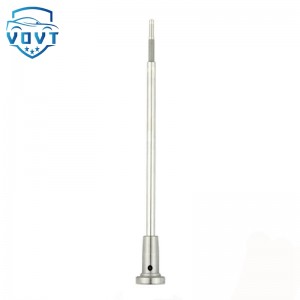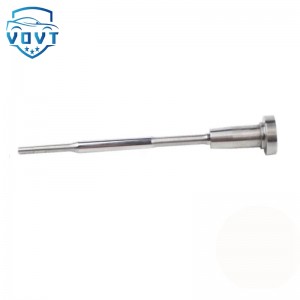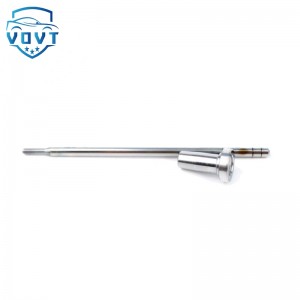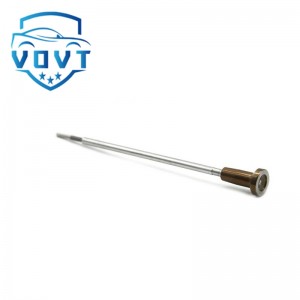Common Rail Control Valve 7206-1013 Fuel Injector Valve Diesel Injector Control Valve
Products Description
| Reference Codes |
7206-1013 |
| Application | 0445110302 0445110303 |
| MOQ | 6PCS |
| Certification | ISO9001 |
| Place of Origin | China |
| Packaging | Neutral packing |
| Quality Control | 100% tested before shipment |
| Lead time | 7~10 working days |
| Payment | T/T, L/C, Paypal, Western Union, MoneyGram or as your requirement |
How to detect and diagnose injector control valve failure?
Detection and diagnosis of injector control valve failure can be started from appearance, electrical, function and other aspects. The following are specific methods:
Appearance inspection
Check the connection parts: Check whether the wiring harness plug of the injector control valve is loose, damaged or corroded. If there are any of these conditions, it may cause poor contact and cause failure. At the same time, check whether the connecting pipeline is damaged or leaking. If the pipeline leaks, it will affect the fuel pressure and injection effect, and then cause the injector control valve to work abnormally.
Check the appearance of the valve body: Observe whether the valve body of the injector control valve has obvious damage, cracks and other defects. If there are such problems, it may cause the internal components of the control valve to malfunction and affect its normal function.
Electrical system detection
Measure resistance: Use the resistance range of the multimeter to measure the resistance value of the injector control valve. The resistance values of different models of injector control valves are different, generally ranging from a few ohms to tens of ohms, which can be compared with the standard values in the vehicle maintenance manual. If the resistance value is too large or too small, it means that the injector control valve may have internal coil short circuit, open circuit and other faults.
Check the power supply voltage: When the vehicle is started, use the voltage range of the multimeter to measure the power supply voltage of the injector control valve. Under normal circumstances, the voltage value corresponding to the vehicle power system should be detected, usually 12V or 24V. If the voltage value is abnormal, there may be a fault in the power supply line, fuse or engine control unit, which affects the normal operation of the injector control valve.
Detect signal waveform: Use an oscilloscope to detect the control signal waveform of the injector control valve. Start the engine and observe the signal waveform displayed on the oscilloscope. The normal signal waveform should have a specific shape and frequency, and change accordingly with the change of engine working conditions. If the signal waveform is abnormal, such as irregular waveform, missing pulses, etc., it means that the engine control unit may not send the correct control signal to the injector control valve, which may be a control unit failure or related line problem.
Functional test
Injection test: You can use professional injector test equipment to connect the injector control valve to the test equipment, and observe the injection of the injector under different working conditions, such as different pressures, pulse widths, etc. A normal injector control valve should be able to accurately control the amount and frequency of fuel injection according to the control signal, and the fuel injection should be in a uniform mist. If the fuel injection is uneven, dripping or not spraying, it means that the injector control valve is faulty.
Engine operation status check: Start the engine and observe the engine's operating status. If the injector control valve works normally, the engine should be able to start smoothly, idle steadily, and accelerate smoothly. If the engine has difficulties starting, idle jitter, weak acceleration, black smoke from the exhaust pipe, etc., it may be caused by abnormal fuel injection due to a fault in the injector control valve.
Data flow analysis: Read the data flow of the engine control unit through the car diagnostic instrument to view the data related to the injector control valve, such as injection pulse width, injection time, etc. These data should match the actual working conditions of the engine. If the data is abnormal, such as the injection pulse width is too large or too small, it may be that the injector control valve is faulty or its control signal is inaccurate.
Pressure test
Fuel system pressure check: Use a fuel pressure gauge to detect the pressure of the fuel system. When the engine is running and stopped, the fuel system pressure should meet the specified value. If the pressure is too high or too low, it may affect the normal operation of the injector control valve and cause abnormal fuel injection. For example, if the pressure is too low, it may be a fuel pump failure or a fuel filter blockage, and if the pressure is too high, it may be a fuel pressure regulator failure, which will indirectly affect the performance of the injector control valve.























